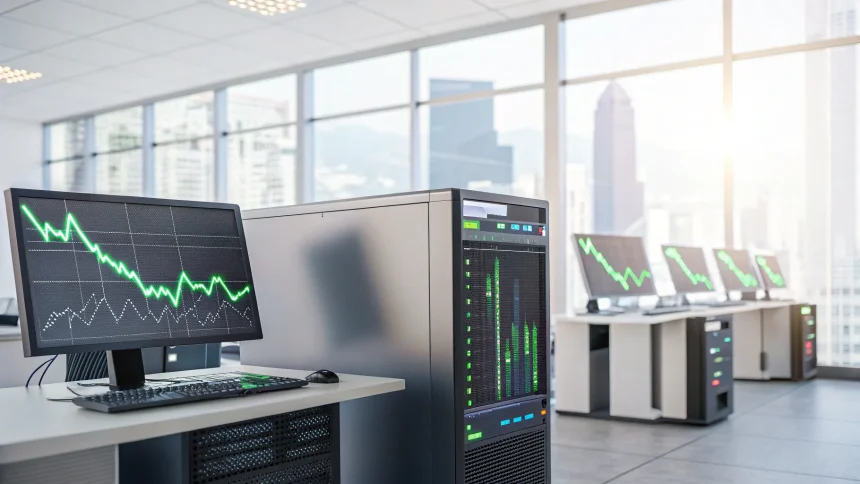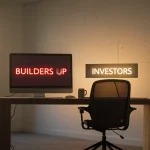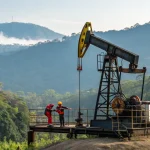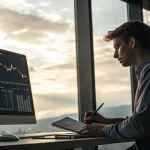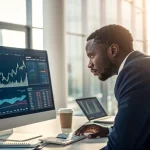Computer-guided trading systems are displaying unprecedented levels of optimism toward stock markets, reaching bullish sentiment not seen since early 2020. This growing divide between algorithmic trading strategies and human traders marks a significant shift in market sentiment dynamics.
The current gap in market outlook between computer-driven systems and human decision-makers highlights an interesting divergence in how different market participants are interpreting economic signals and price movements. This split hasn’t been this pronounced since before the COVID-19 pandemic disrupted global markets.
The Growing Algorithmic-Human Divide
Algorithmic trading systems, which rely on mathematical models and data analysis rather than emotional responses, are currently showing strong confidence in equity markets. These computer-guided systems typically make trading decisions based on technical indicators, statistical patterns, and quantitative factors.
Meanwhile, human traders appear more cautious, potentially factoring in concerns about economic indicators, geopolitical tensions, or other qualitative factors that may not be fully captured in algorithmic models.
This divergence raises questions about which group might have a more accurate read on market conditions. The last time such a gap existed—in early 2020—markets subsequently experienced significant volatility as the pandemic emerged, though initial algorithmic optimism eventually proved warranted during the market recovery that followed.
Historical Context and Significance
The early 2020 period marked the beginning of the COVID-19 pandemic, which initially triggered one of the fastest market crashes in history, followed by an equally remarkable recovery. During that time, algorithmic systems also displayed strong bullish signals before human sentiment caught up.
Market analysts note that algorithmic systems often respond more quickly to technical signals and can be less influenced by fear or uncertainty that might affect human decision-making. However, they may also miss nuanced factors that aren’t easily quantifiable.
Key differences between now and 2020 include:
- A different interest rate environment
- Post-pandemic economic recovery dynamics
- More sophisticated algorithmic models informed by recent market events
- Different geopolitical circumstances affecting global markets
Implications for Market Participants
The current bullish stance of algorithmic traders could signal several possibilities for markets. Some analysts suggest it might indicate underlying strength in technical indicators that human traders are overlooking. Others caution that algorithms might be missing risk factors that aren’t captured in their models.
“The divergence between algorithmic and human sentiment often creates interesting market dynamics,” notes a market analyst familiar with quantitative trading strategies. “These periods typically resolve either with humans adopting the algorithmic view or with algorithms adjusting as new data emerges.”
For individual investors, this sentiment gap presents both opportunities and challenges. Those who follow technical analysis might find alignment with algorithmic perspectives, while fundamental investors might share the caution exhibited by human traders.
Trading volumes and market liquidity could also be affected if this sentiment gap persists, potentially creating more volatile trading conditions in certain market segments where algorithmic participation is particularly high.
As markets continue to evolve in 2023, this unusual divergence between computer-guided and human trading sentiment will be closely watched by market participants seeking clues about future market direction. The question remains whether algorithms will once again prove prescient in their optimism or if human caution will be validated by upcoming market developments.

